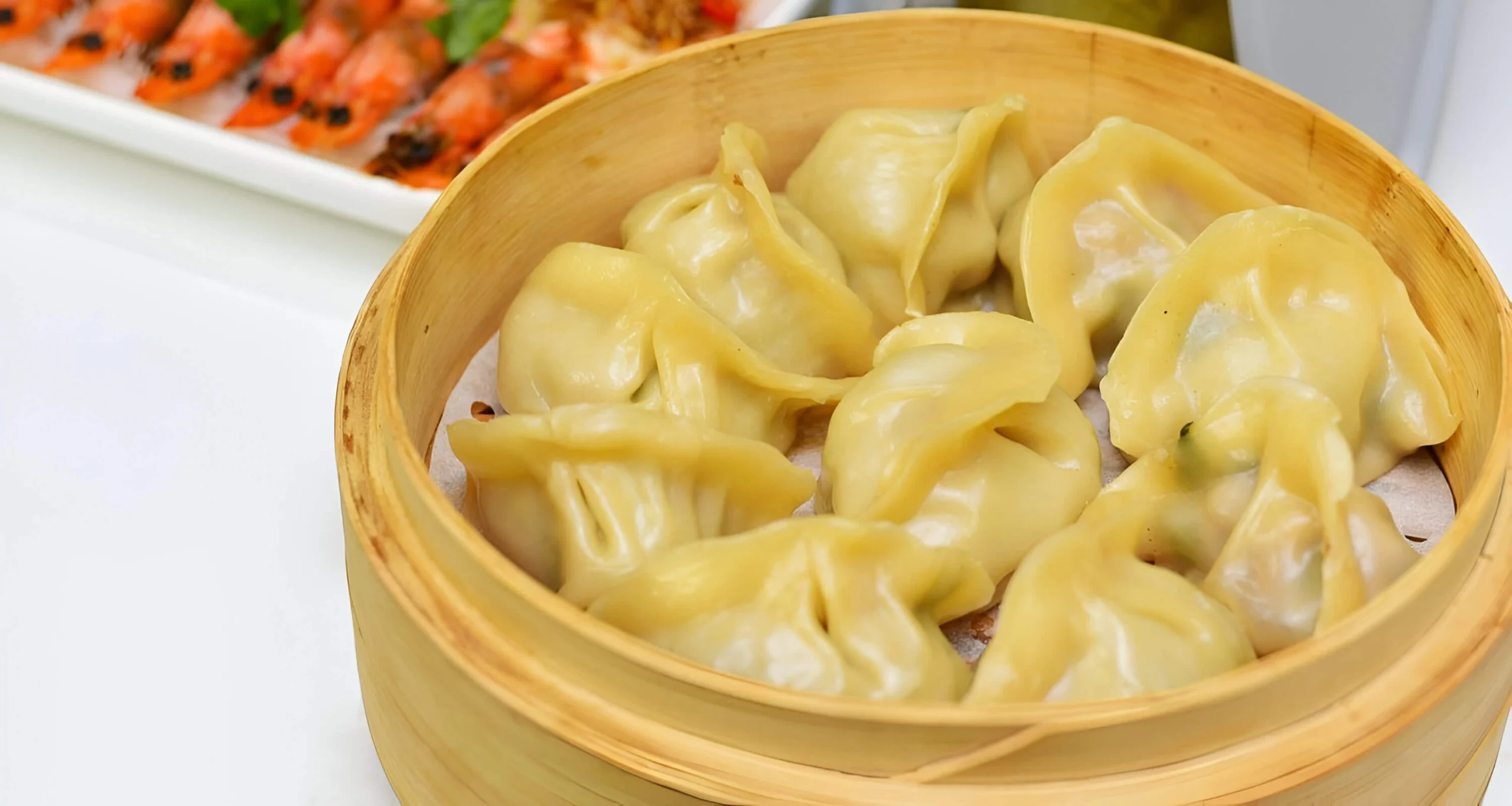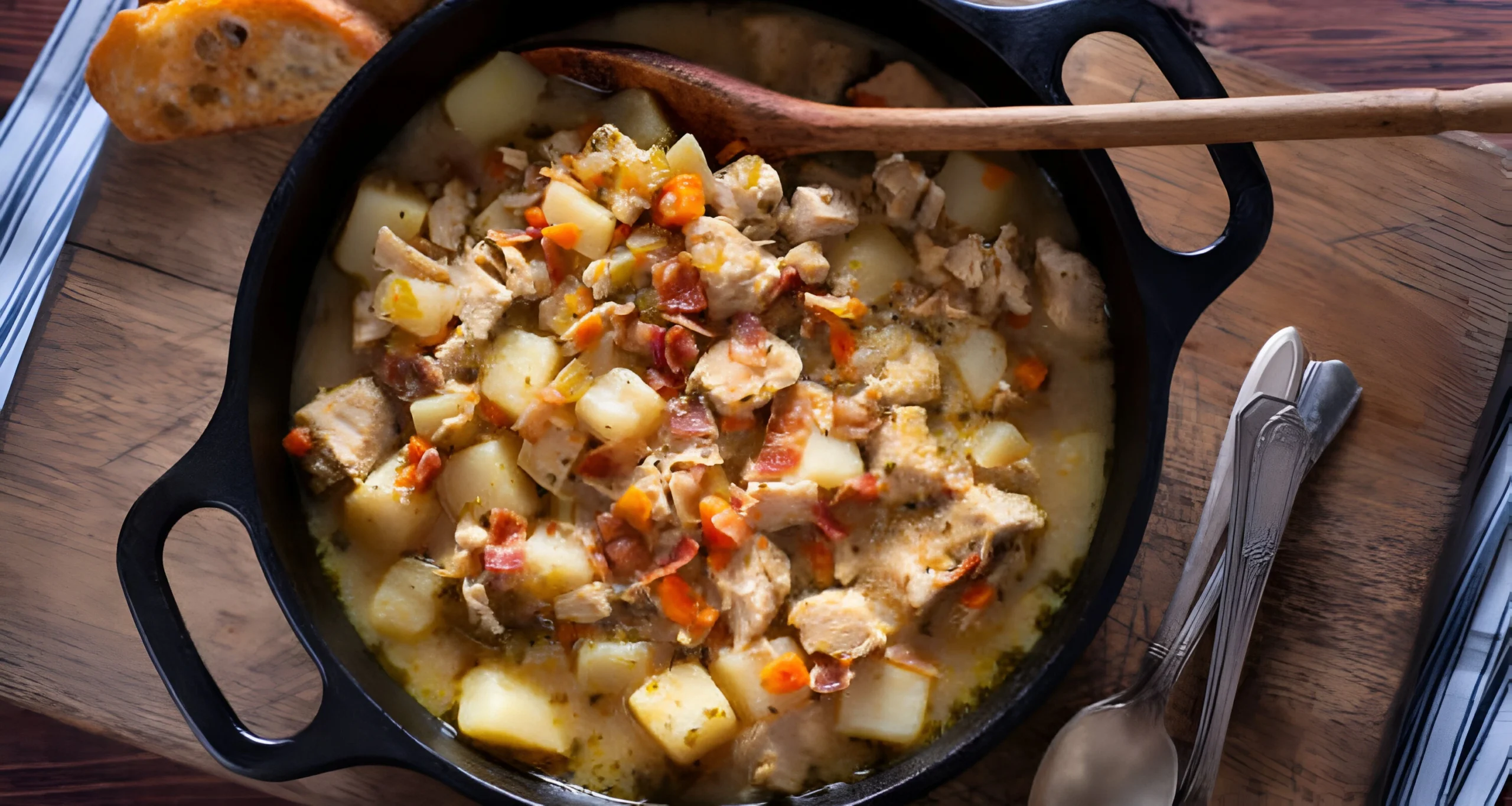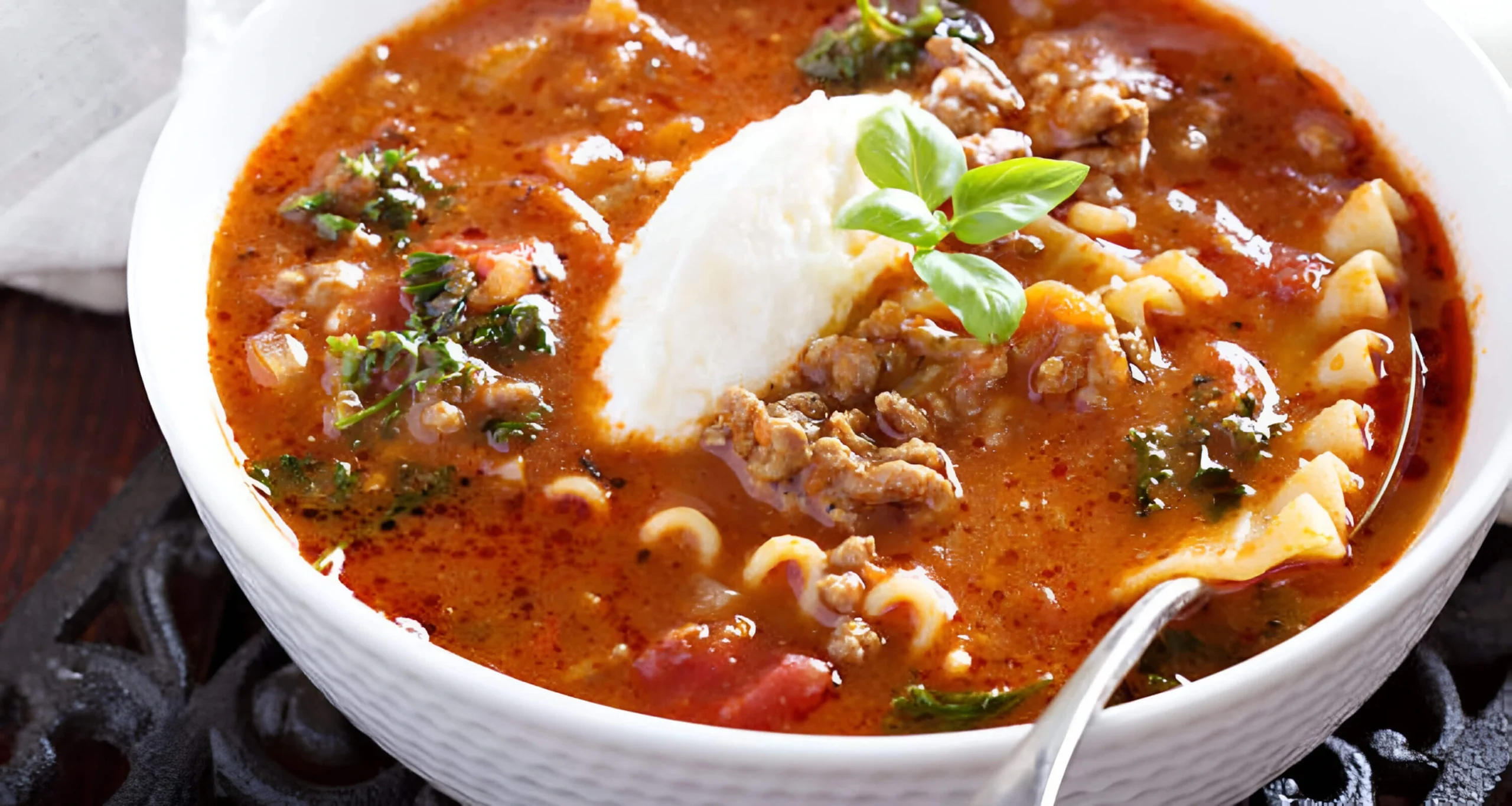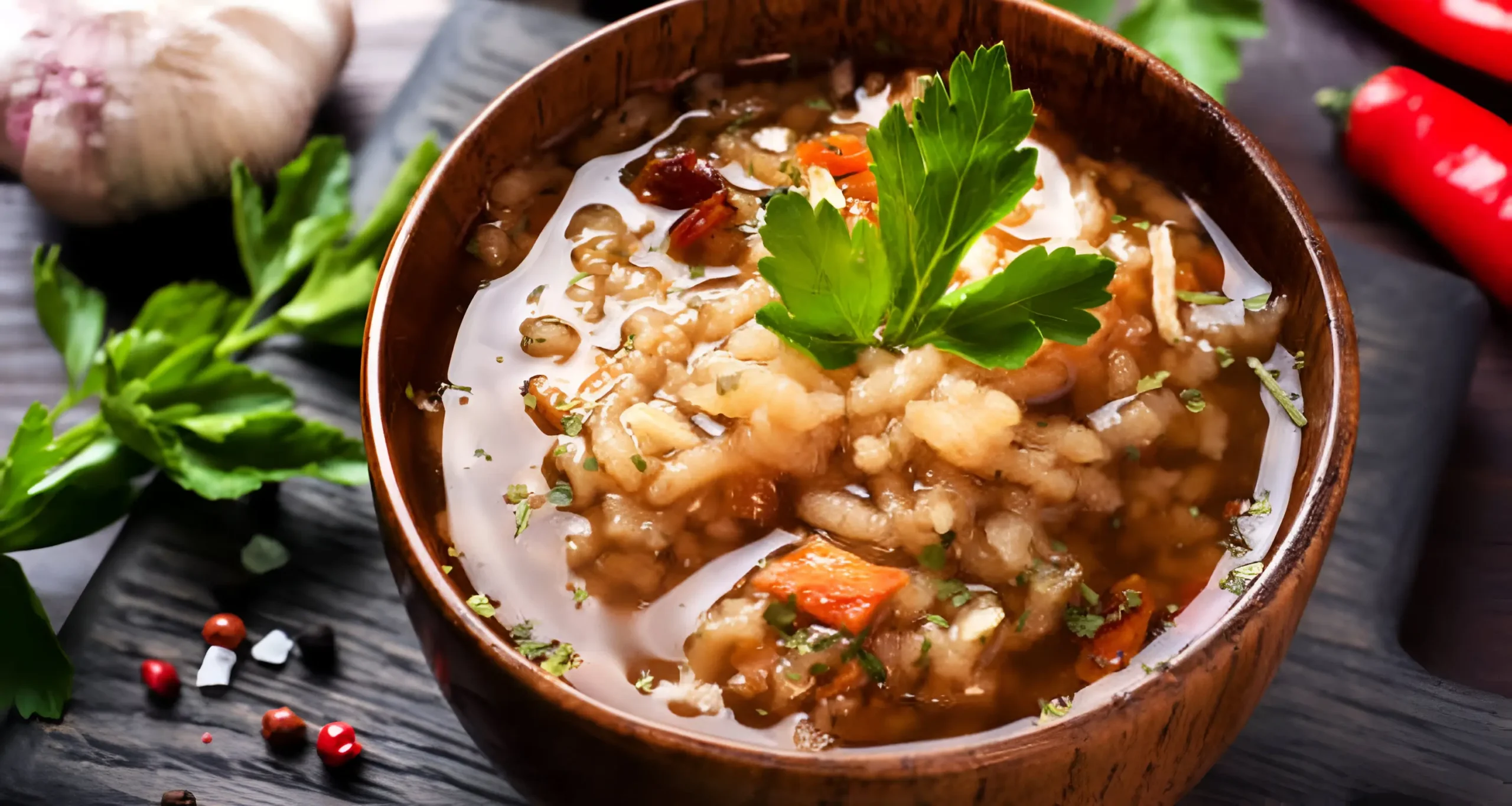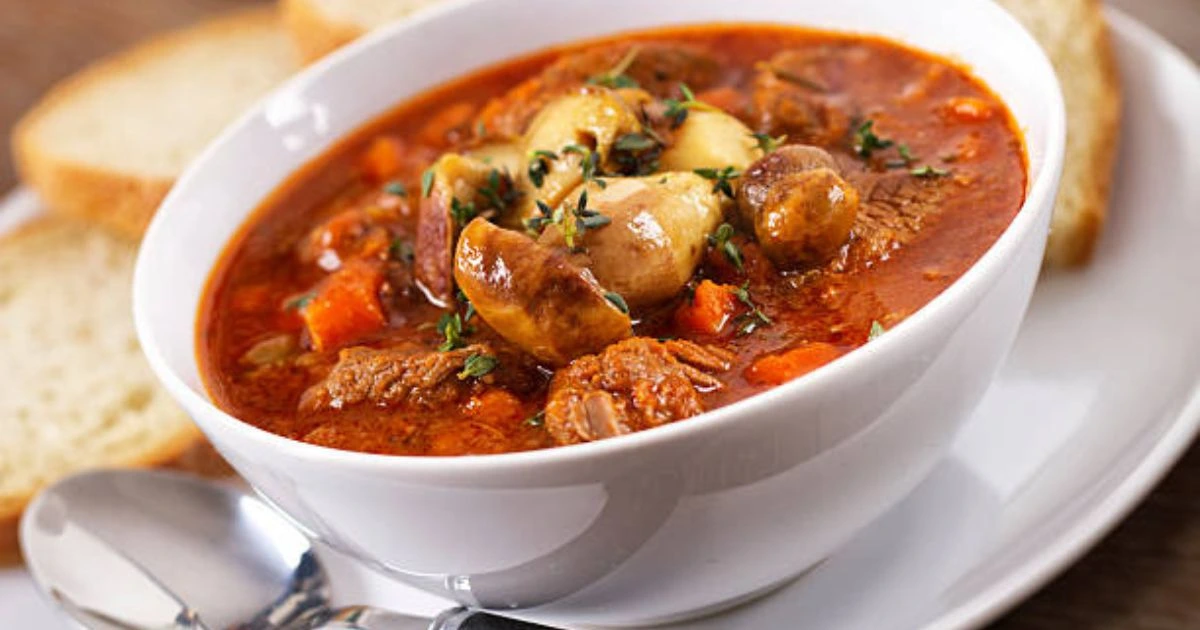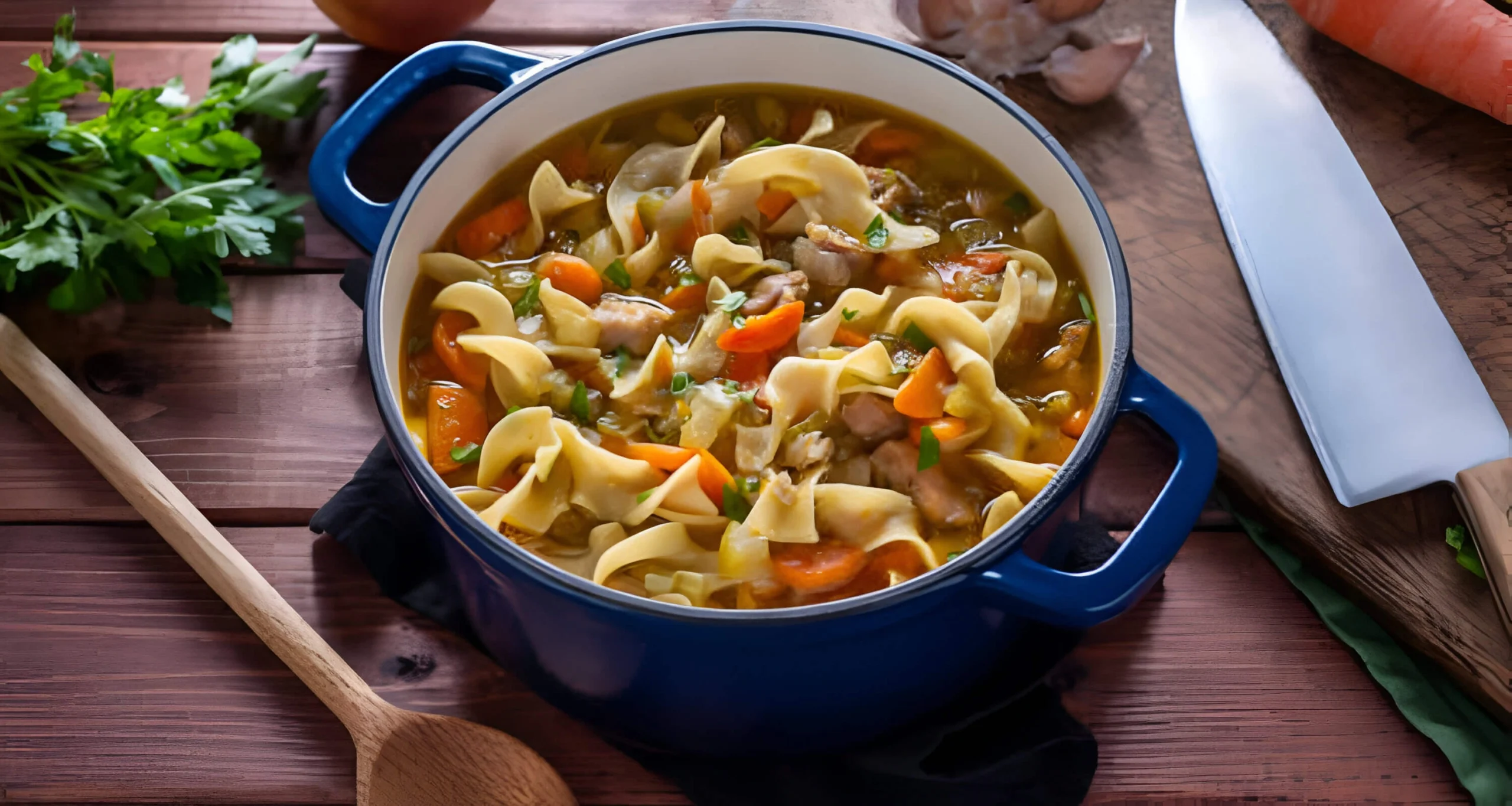Savor Bold Flavors with Beef Soup Bones in Every Recipe
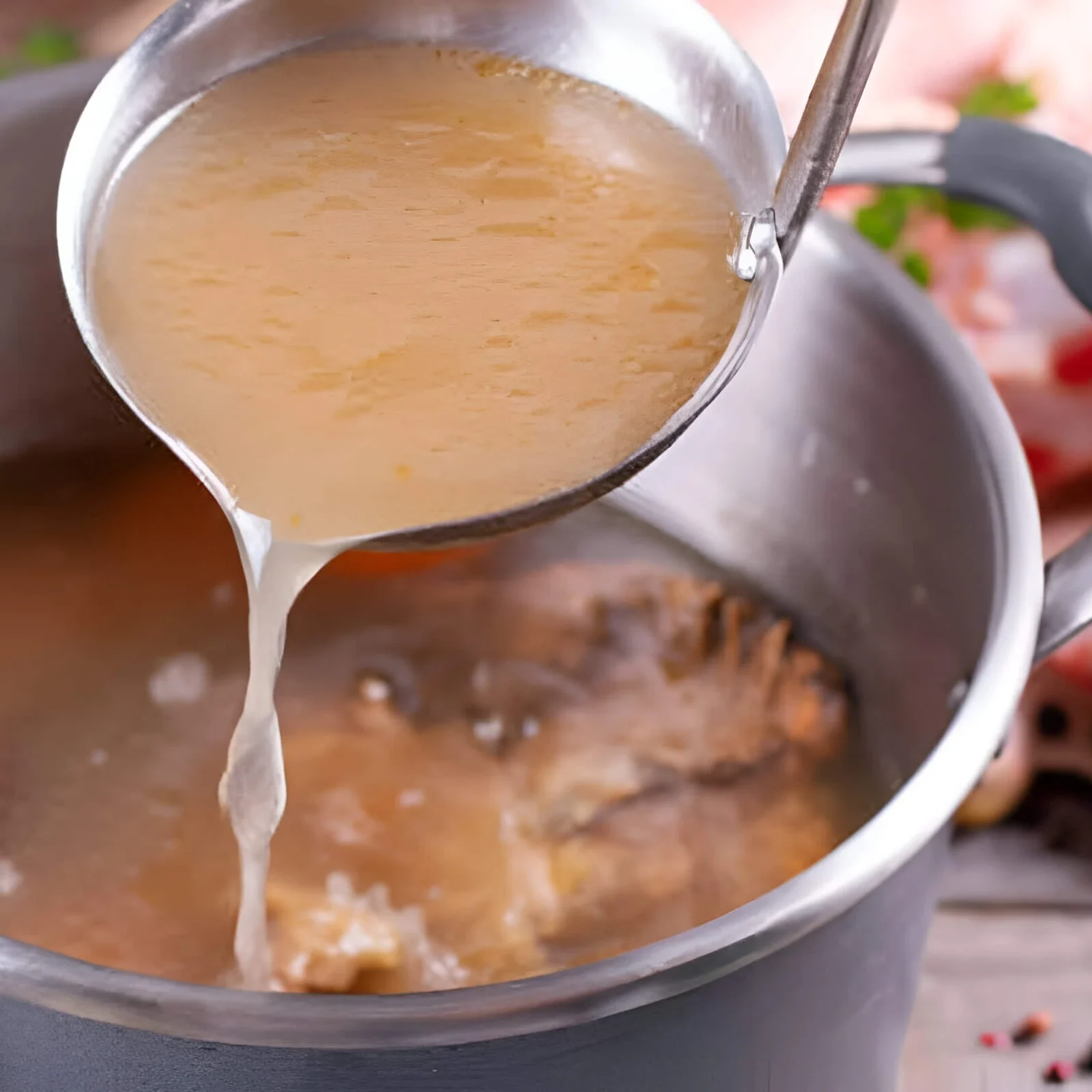
Discover the magic of soup bones in your kitchen. They turn simple meals into flavorful dishes. Unlike store-bought broths, soup bones add a unique taste.
Soup bones are more than just ingredients. They lead to nutritious, tasty meals. Whether you’re a pro chef or a beginner, exploring soup bones opens up new culinary adventures.
With soup bones, you can make hearty stews and complex broths. They add depth and nutrition to your dishes. This guide will show you how to use these treasures in your cooking.
Key Takeaways
- Soup bones unlock deep, rich flavors in cooking
- Nutrient-dense ingredients with multiple culinary uses
- Connects home cooks with traditional cooking methods
- Cost-effective way to enhance meal quality
- Versatile ingredient for multiple recipe types
Understanding the Magic of Cooking with Soup Bones
Beef soup bones are more than just kitchen ingredients. They are culinary treasures that make ordinary meals special. These bones add depth, flavor, and nutritional value to your dishes.
Exploring soup bones takes you on a journey from ancient traditions to modern cooking. Your kitchen can become a place of rich, flavorful creations. It connects you with old culinary practices.
Types of Bones for Culinary Excellence
Not all soup bones are the same. Different types offer unique qualities that enhance your cooking:
- Marrow bones: Rich and creamy texture
- Knuckle bones: Excellent for creating gelatin
- Neck bones: Packed with deep, complex flavors
- Oxtail: Brings intense, robust taste
Nutritional Benefits of Bone-Based Cooking
Soup bones are nutritional powerhouses. They are full of minerals like calcium, magnesium, and phosphorus. The collagen in them supports joint health and can improve skin elasticity.
From Ancient Tradition to Modern Kitchen
Bone broth has a long history in cuisines around the world. From French pot-au-feu to Asian bone broths, these techniques have lasted. Today, chefs and home cooks see the amazing possibilities of soup bones in making unforgettable meals.
Essential Equipment for Preparing Beef Soup Bones
Learning to cook beef soup bones needs the right tools. Both pros and home cooks know that good gear makes a big difference. The right kitchen tools can turn simple ingredients into amazing meals.
Before you start cooking bones, make sure you have these key items:
- Large stockpot (8-12 quart capacity)
- Heavy-bottomed roasting pan
- Fine-mesh strainer
- Sturdy tongs
- Sharp chef’s knife
- Storage containers with tight-fitting lids
When picking out tools for cooking beef soup bones, look for durability and usefulness. Stainless steel and cast-iron are great because they heat evenly and last a long time.
| Equipment | Purpose | Recommended Size |
|---|---|---|
| Stockpot | Simmering bones and creating broth | 8-12 quarts |
| Roasting Pan | Browning bones for enhanced flavor | Large, with high sides |
| Strainer | Removing solids from broth | Fine-mesh, multiple sizes |
Pro tip: Invest in quality kitchen tools that will support your bone cooking adventures for years to come.
Selecting Quality Soup Bones at Your Local Butcher
Choosing the right beef soup bones can make your cooking amazing. Your local butcher is the best place to find top-notch soup bones. They will make your dishes unforgettable.
Understanding what to do with beef soup bones starts with picking the best ones. The quality of your soup bones greatly affects the taste and richness of your meals.
Signs of Fresh Beef Bones
When looking for the best soup bones, watch for these signs:
- Bright, clean appearance without discoloration
- Minimal moisture on the surface
- Consistent marrow color (creamy white or light pink)
- Fresh, neutral smell
Different Cuts and Their Uses
Beef soup bones come in different cuts, each with its own special qualities:
- Marrow Bones: Perfect for rich, gelatinous broths
- Knuckle Bones: Ideal for creating clear, flavorful stocks
- Neck Bones: Great for adding depth to soups and stews
Storage and Preparation Tips
Proper handling of beef soup bones ensures maximum flavor and food safety:
- Refrigerate immediately after purchase
- Use within 2-3 days of buying
- Freeze for long-term storage
- Rinse bones under cold water before cooking
Pro tip: Ask your butcher for recommendations on the best beef soup bones for your specific recipe. They can provide expert guidance on selecting the most suitable cuts for your culinary creation.
The Art of Roasting Bones for Enhanced Flavor
Roasting beef soup bones is a key technique that makes your cooking stand out. It brings out deep, rich flavors through caramelization and browning. This step is essential when you’re learning to cook beef soup bones.
To get the most flavor from your soup bones, follow these steps:
- Preheat your oven to 425°F (218°C)
- Select high-quality beef bones with some meat attached
- Arrange bones on a rimmed baking sheet
- Lightly coat with olive oil
- Season with salt and pepper
The roasting time depends on the size and type of bones. Smaller marrow bones usually need 30-45 minutes, while larger bones might take up to an hour. You want them to turn a deep golden-brown color for the best flavor.
| Bone Type | Roasting Temperature | Approximate Time |
|---|---|---|
| Marrow Bones | 425°F | 30-45 minutes |
| Knuckle Bones | 425°F | 45-60 minutes |
| Neck Bones | 425°F | 40-50 minutes |
Experts say to turn the bones halfway through roasting for even browning. This step is vital for making great broths, soups, and other dishes when cooking beef soup bones.
Master the Perfect Bone Broth Technique
Making a great soup with beef bones needs care and time. A top soup bones recipe turns simple ingredients into a rich, healthy liquid. It boosts your cooking skills.
Making the best bone broth is an art. It mixes science with old cooking knowledge. Your method affects the flavor and health benefits.
Temperature Control Methods
Getting the right temperature is key for getting the most nutrients from your bones. The rule for bone broth is low and slow.
- Start with room temperature bones
- Use low heat between 180-200°F
- Avoid rapid boiling which can break down proteins
- Maintain consistent, gentle simmering
Simmering Time Guidelines
The time you simmer your soup with beef bones matters a lot. Different bones need different cooking times:
- Chicken bones: 12-24 hours
- Beef bones: 24-48 hours
- Larger, denser bones: Up to 72 hours
“The magic of bone broth lies in patience and low, consistent heat.” – Traditional Cooking Wisdom
Straining and Storing Solutions
Straining right ensures a clean, clear broth. Use a fine-mesh strainer or cheesecloth to get rid of solids. Keep your broth in glass containers in the fridge for short use or freeze for longer.
Pro tip: Cool your bone broth quickly and store in portion-sized containers for easy future use in your favorite soup bones recipe.
Transforming Simple Soup Bones into Gourmet Meals

Discovering what to do with beef soup bones can take your cooking to new heights. These kitchen gems offer endless possibilities, beyond just making stock.
When exploring what to do with beef soup bones, consider these creative culinary techniques:
- Create rich risottos using bone broth as a base liquid
- Develop deeply flavored braised meat dishes
- Craft hearty stews with tender bone-derived meat
- Prepare gourmet sauces using concentrated bone broth
Professional chefs see soup bones as more than just for stock. The meat on these bones can become tender pulled beef. It’s great for tacos, sandwiches, or as a topping for salads.
To maximize flavor when cooking with beef soup bones, try these expert tips:
- Roast bones before simmering to intensify flavor profiles
- Use low and slow cooking methods
- Season generously with herbs and spices
- Reserve and reduce the cooking liquid for intense sauces
Your kitchen can become a gourmet playground by reimagining what to do with beef soup bones. Each bone has the power to create meals that will wow your family and friends.
Classic Beef Bone Soup Recipes from Around the World
Exploring soup bones recipes shows a rich tapestry across continents. Cooking with beef bones turns simple ingredients into satisfying meals. Each region adds its own flavors and techniques, celebrating hearty cuisine worldwide.
The magic of soup bones is in their rich, nutritious broths. These broths are the base for many dishes. Let’s look at some amazing regional variations that show beef bone cooking’s versatility.
Asian-Inspired Variations
Asian cuisine has some of the most impressive soup bones recipes. Korean seolleongtang is a milky-white bone broth that simmers for hours. It creates a complex flavor.
- Vietnamese pho: A delicate yet intense beef bone soup
- Japanese tonkotsu: Creamy pork bone broth (technically not beef, but illustrative)
- Chinese beef noodle soup: Rich and deeply seasoned
European Traditional Methods
European traditions turn soup with beef bones into sophisticated dishes. These dishes reflect centuries of cooking wisdom.
| Country | Signature Bone Soup | Key Characteristics |
|---|---|---|
| France | Pot-au-feu | Slow-cooked beef with marrow bones |
| Italy | Osso Buco | Braised veal shanks with rich bone broth |
| Germany | Ochsenschwanzsuppe | Oxtail soup with deep, intense flavors |
American Heritage Recipes
American cuisine has its own strong take on soup bones recipes. New England boiled dinner and hearty beef stews show the region’s love for slow-cooked meals.
“A good bone broth is like liquid gold in the kitchen – rich, nourishing, and full of flavor.” – Chef Michael Ruhlman
Whether you’re a cooking enthusiast or just a home cook, these international soup bones recipes are a delicious journey. They take you through global cooking traditions.
Creative Ways to Use Leftover Bone Broth
Don’t stop using beef soup bones when you’re done making broth. Your leftover bone broth is a treasure. It adds rich flavors and nutrients to your cooking.
Here are some new ways to use your bone broth:
- Use as a flavor-boosting cooking liquid for grains like rice, quinoa, or risotto
- Create silky pan sauces by deglazing cooking surfaces
- Enhance vegetable and meat dishes with a splash of broth
- Make savory gravies with concentrated bone broth
Freezing bone broth makes it even more useful. Pour it into ice cube trays for easy portions. These cubes can make any soup, stew, or dish better.
“Bone broth is liquid gold in the kitchen – waste nothing!” – Chef Maria Rodriguez
There are more ways to use leftover bone broth:
- Blend into mashed potatoes for extra richness
- Use as a poaching liquid for eggs or fish
- Mix into homemade salad dressings
- Create moisture-rich braising liquids for meats
Your leftover bone broth is more than just an ingredient. It’s a nutritional powerhouse that can make any meal special.
Troubleshooting Common Issues When Cooking with Soup Bones
Cooking with beef soup bones can be tricky, even for experts. Knowing how to cook beef soup bones means knowing the common problems and how to fix them. This guide will help you solve these issues and improve your bone broth making skills.
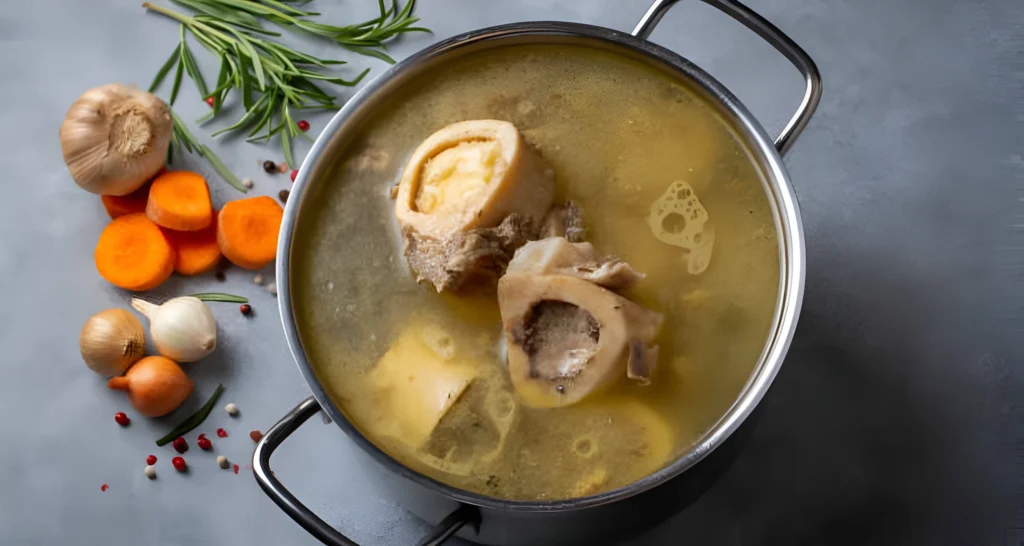
When making soup bones, you might face several challenges. These can affect the quality of your broth. Spotting these problems early can help you make a better, more professional broth.
Clarity Challenges in Bone Broth
Cloudy broth can be a problem when cooking beef soup bones. To get clear broth, try these tips:
- Start with cold water when boiling bones
- Skim foam during initial cooking stages
- Use a fine-mesh strainer for final filtering
- Avoid stirring the broth while simmering
Flavor Enhancement Strategies
To make your bone broth taste better, try these methods:
- Roast bones before simmering to develop rich caramelized notes
- Add aromatic vegetables like onions, carrots, and celery
- Include herbs such as thyme, rosemary, or bay leaves
- Season with minimal salt to prevent over-seasoning
Texture Improvement Techniques
To get the right texture in your bone broth, pay attention to these tips:
| Texture Issue | Solution |
|---|---|
| Thin, watery broth | Extend simmering time or reduce liquid |
| Gelatinous consistency | Use a mix of bone types for balanced collagen |
| Greasy mouthfeel | Skim fat during cooking process |
By mastering these troubleshooting techniques, you’ll go from amateur to pro in cooking with beef soup bones.
Health Benefits of Incorporating Bone-Based Recipes
Soup bones are more than just a cooking ingredient. They are a powerhouse of nutrition that can transform your health. By adding bone-based recipes to your diet, you unlock a treasure trove of essential nutrients. These nutrients support your body’s overall wellness.
The nutritional profile of soup bones is truly impressive. They are rich in minerals like calcium, magnesium, and phosphorus. These minerals are essential for strong bones and healthy body functions. Collagen, the primary protein in soup bones, offers remarkable benefits for your joint health and skin elasticity.
- Supports joint health and reduces inflammation
- Boosts immune system function
- Promotes digestive wellness
- Provides essential amino acids
Your gut will thank you for introducing bone broth into your diet. The gelatin from soup bones helps repair the intestinal lining. This can alleviate digestive issues. Protein-rich and nutrient-dense, bone broth can be a game-changer for those seeking natural health improvements.
“Food is the most powerful medicine when chosen wisely.” – Nutritional Experts
Athletes and fitness enthusiasts can greatly benefit from the protein and mineral content in soup bones. The amino acids help support muscle recovery and provide sustained energy. Whether you’re looking to improve your overall nutrition or target specific health concerns, bone-based recipes offer a delicious and natural solution.
Seasonal Adaptations for Your Bone Broth Recipes
Your soup bones recipe can change with the seasons. It brings new flavors and health benefits all year. Learning to adjust your bone broth to the weather will make your cooking better and more fun.
Making seasonal bone broth needs creativity and knowing what goes well together. Each season has its own way to make your soup bones recipe better. This ensures your dishes are full of flavor and comfort.
Summer Light Broths
In the summer, your bone broth can be a cool treat. Go for lighter recipes that help you stay hydrated:
- Use chilled bone broth as a base for gazpacho-style soups
- Incorporate fresh herbs like basil and mint
- Add citrus elements for brightness
- Serve in smaller portions with crisp vegetable garnishes
Winter Hearty Variations
In the cold months, you need warm, filling soup bones recipes. Make your bone broth into hearty dishes that keep you warm:
- Slow-cook with root vegetables
- Add rich spices like turmeric and ginger
- Create thick stews with chunky meat pieces
- Incorporate warming grains like barley or quinoa
By mastering these seasonal changes, you’ll make bone broth recipes that are tasty, healthy, and fit each season perfectly.
Sustainable Cooking Practices with Soup Bones
Turning soup bones into tasty meals is more than just about taste. It’s about caring for our planet. By using all parts of the animal, we cut down on waste and make healthy food that’s good for the earth.
Starting with sustainable cooking means choosing wisely. Find local farmers who raise animals ethically and grow food sustainably. These bones can be the base for nutritious broths and satisfying meals.
- Choose grass-fed beef bones from local farms
- Purchase bones from butchers committed to responsible farming
- Support small-scale producers who practice regenerative agriculture
Using soup bones can also reduce food waste. Bone broth is a great example of nose-to-tail cooking. It gets the most nutrition and flavor from parts often thrown away.
Here are some ways to cook sustainably with soup bones:
- Buy bones in bulk and freeze for later
- Add vegetable scraps to bone broth for extra nutrition
- Compost leftover bones and veggies
By following these tips, you’ll make tasty meals and help the environment. You’ll also be reducing your kitchen’s impact on the planet.
Professional Chef Tips for Maximum Flavor Extraction
Professional chefs know how to get the most flavor from beef soup bones. They use special techniques to make a simple broth into a dish that wows everyone. This makes home cooking even better.
Professional chefs share some key tips for cooking beef soup bones:
- Roast bones at high temperatures (425°F) before simmering to develop deeper, more complex flavors
- Use a combination of marrow bones and knuckle bones for maximum nutrient extraction
- Add aromatic vegetables like onions, carrots, and celery during the roasting process
- Incorporate acid-based ingredients such as apple cider vinegar to help break down bone connective tissues
Home cooks can use advanced techniques from professional kitchens. The secret to great bone broth is slow cooking and choosing the right ingredients. Skimming off foam early on makes the broth clearer and tastier.
The secret to incredible bone broth is not just technique, but passion for the craft of cooking.
Keeping the temperature right is important when cooking beef soup bones. Cooking at 180-190°F helps release nutrients and flavor slowly. This makes the broth rich and full of goodness.
- Start with cold water to help extract maximum nutrients
- Use filtered water for the purest taste
- Cook bones for 12-24 hours for optimal flavor development
By using these chef tips, you can make amazing beef soup bones in your kitchen. It’s a way to elevate your cooking to new heights.
Conclusion
Exploring soup bones is more than just cooking. It connects you to a world of flavors and traditions. You’ve learned how to make your kitchen skills shine, from making flavorful broths to healthy meals.
Soup bones are not just for old recipes. They open doors to new flavors and cuisines. Whether you’re cooking at home or dreaming of being a chef, they help you grow. You’ll learn to make dishes that are both tasty and good for you.
Now, you know how to pick and cook soup bones for amazing meals. Try new cooking ways, explore dishes from around the world, and make each meal special. Cooking with soup bones is about creativity, health, and enjoying every bite.
Begin your soup bones journey today. Every pot of soup is a chance to show off your skills. It’s a way to bring old cooking traditions into your kitchen. Your cooking dreams are as big as your imagination.
FAQ
What are soup bones, and why should I use them in cooking?
Soup bones are meat-attached bones used to make rich, flavorful broths and soups. They add deep, complex flavors and are full of nutrients like collagen and minerals. Using beef soup bones can make your meals nutritious and taste like they’re from a restaurant, all while saving money.
How do I select the best soup bones from a butcher?
Choose fresh, clean bones with meat attached. Opt for meaty bones like knuckle, neck, or marrow for the best taste and nutrition. Make sure they come from grass-fed, organic sources. The bones should smell fresh and look clean without any discoloration.
What’s the best way to prepare beef soup bones?
Roast the bones in the oven at 400°F for 30-45 minutes to enhance flavor. This step makes the bones taste richer. Then, put the bones in a large stockpot, cover with cold water, and simmer for 12-24 hours. This extracts all the nutrients and flavor.
Can I freeze bone broth for later use?
Yes, you can! Bone broth freezes well. Cool the broth, then store it in freezer-safe containers or bags. Leave some space at the top for expansion. Bone broths can be frozen for 4-6 months without losing quality or nutrients.
Are soup bones only good for making soup?
No, they’re very versatile! Use the bone broth in risottos, gravies, and sauces. The meat from the bones is great in stews, tacos, or sandwiches. You can also use bone broth as a base for cooking vegetables or as a warm drink.
How long should I simmer beef soup bones to make broth?
Simmer beef soup bones for 12-24 hours on low heat for the best broth. Smaller bones might need less time, while larger ones benefit from longer cooking. Keep the heat gentle to extract nutrients and create a clear broth.
Are soup bones nutritionally beneficial?
Yes, they’re packed with nutrients! They’re rich in minerals like calcium and magnesium, and contain collagen for joint and skin health. Bone broth also has amino acids, reduces inflammation, and supports gut health. They’re a great way to add nutrients to your diet naturally.
How can I store raw soup bones before cooking?
Keep raw soup bones in the coldest part of your fridge for 3-4 days. If not using them right away, wrap them tightly and freeze for 4-6 months. Always thaw them in the fridge, not at room temperature, to prevent bacterial growth.
Add a Dash of Your Thoughts!
There are no reviews yet. Be the first one to write one.

